CEDAR BREAKS (Day 18 - part 1)
Once the chaos of the party was over, the night was blissfully quiet... aaaand super cold. I somehow survived and awoke at 6 am to chiding squirrels and assorted birdsong. Not a soul was stirring as I packed up and left.
But before leaving the park, I wanted to do the Ramparts Trail which meandered along the plateau rim and past ancient bristlecone pines.

It was one mile to Spectra Point and another mile to Ramparts Overlook.
The trail weaved through forests, slunk along steep cliffs and in general offered some unique and amazing scenery. After all, how often do you get to do a forest hike with an enormous red hole next to you?!

Heading out

There are over 3,000 bee species in the US with only a small percentage of them being native. Of these, only about 40 species are bumblebees.

Only female bumblebees (and honey bees) have pollen baskets (a wide, shallow, elongated spoon on the back legs); all other bees here that collect pollen carry it in a dense brush of hairs either on the hind leg or under the abdomen.
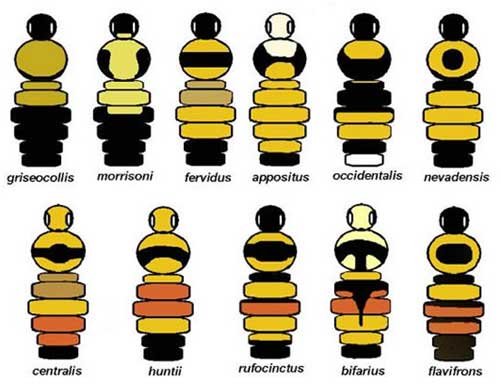
How to tell them all apart?! Partially by location and partially by color... but you have to be quick before it flies off! Would you guess our gal above is a Bombus centralis? Or a B. flavifrons?

Cushion phlox is one of the earliest flowers to bloom in spring. It's a classic example of 'cushion growth form' and is adapted to the harsh, exposed conditions of the rim. By keeping low to the ground, it avoids winds which can be 10 degrees colder. I's tightly packed, narrow leaves prevent moisture loss during dry summers. And most of its biomass is located underground in the form of a deep taproot that can store nutrients over the winter.

The views
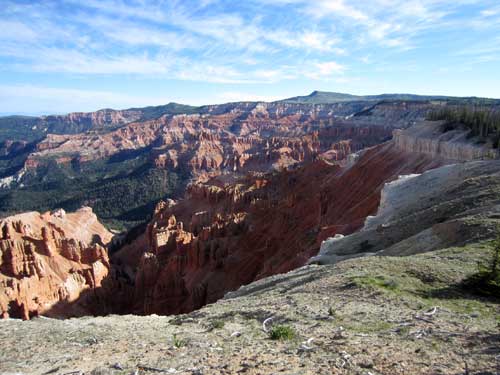

At spots, the trail skirted right along the cliff edge!

My first destination, Spectra Point




The Markagunt penstemon is the most common native penstemon in the park. It ranges from 6,000 to over 10,000 feet. It's endemic to Utah's Markagunt Plateau which means it's found nowhere else in the world. In general, it's major pollinator can be guessed from the flower's color: birds see red and bees see blue.... not to mention there's a tiny bee headed right for it!!

The pretty...

... and the pretty odd!

The trail continues on.
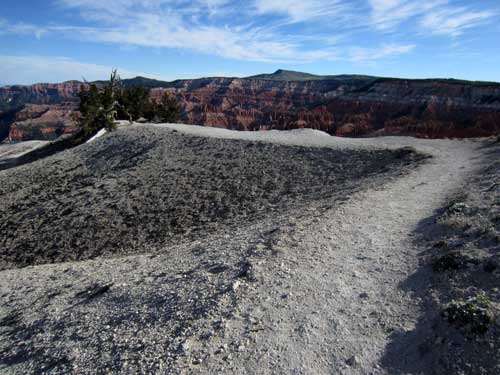
I then arrived at one of the highlights of the walk... a group of Bristlecone pines. These trees are well adapted to high-elevation barren slopes and cliff edges. The oldest one is 1,600 years old. That means it was a seedling during the Roman Empire and already 1100 years old when Columbus sailed.

Approaching the group of Bristlecones

This was the same tree I saw yesterday from very far away during the ranger talk at the visitor center. Again, even though it may look dead, it's still very much alive. It has the ability to shut down damaged sections in order to survive the hard climate.

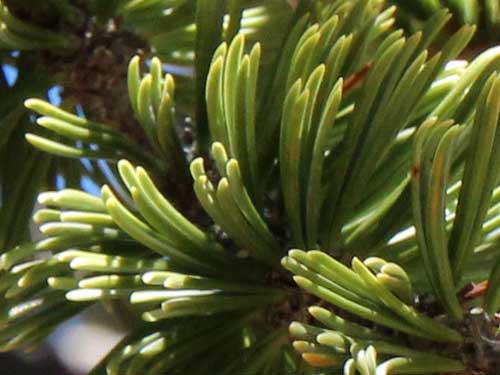
The needles are bundled into groups of five.

It is the prickly cones that give the tree its name.

A work of art!
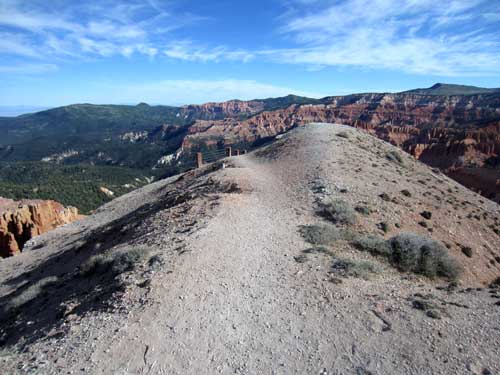
The final stretch to Spectra Point

Wow, what a view!


I left the point and continued along the Ramparts trail. I continued along the rim for a bit then descended via a series of steep switchbacks into a forest. Here it was cool and lush... filled with the murmur of a stream, the smell of the trees and the dainty sounds of birds. I could still get glimpses of the large red amphitheater next to me. It was filled with crows and swallows. They actually made it look rather fun as they dove down with incredible speeds. I still was wary about getting too close to the edge though... with that story still lingering in the back of my brain about the giant piece that simply fell off at the visitor center without warning.




Where I just was at Spectra Point




Richardson Geranium loves the rich moist soil of this forest. It's the most widely distributed native geranium in Utah.




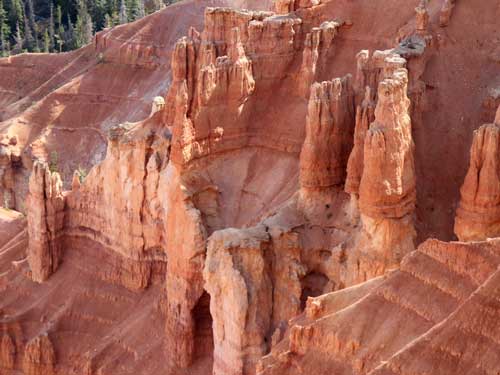

Almost to the overlook!




The view from Rampart Overlook
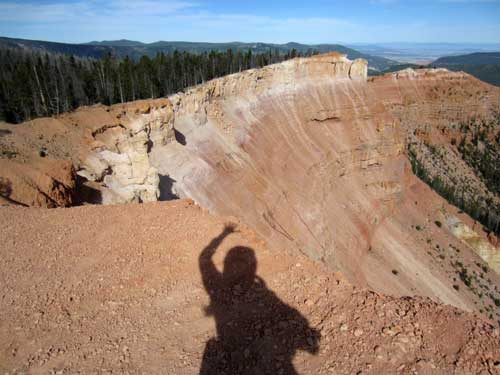
return • continue

